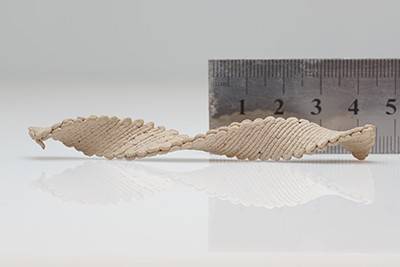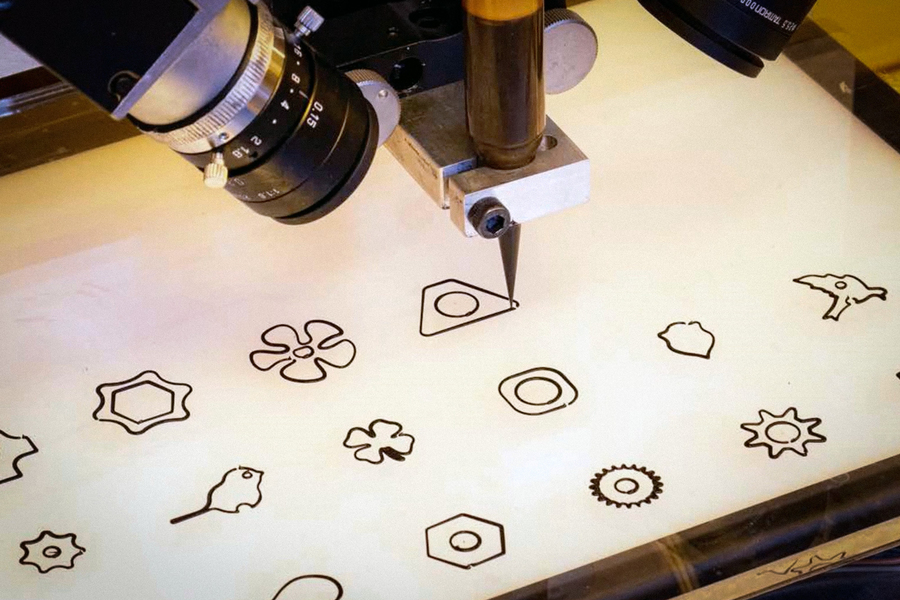
Image credit: Doron Kam
Wooden objects are usually made by sawing, carving, bending or pressing. That’s so old school! Today, scientists will describe how flat wooden shapes extruded by a 3D printer can be programmed to self-morph into complex 3D shapes. In the future, this technique could be used to make furniture or other wooden products that could be shipped flat to a destination and then dried to form the desired final shape.
The researchers will present their results at the fall meeting of the American Chemical Society (ACS).
In nature, plants and some animals can alter their own shapes or textures...
Read More









Recent Comments